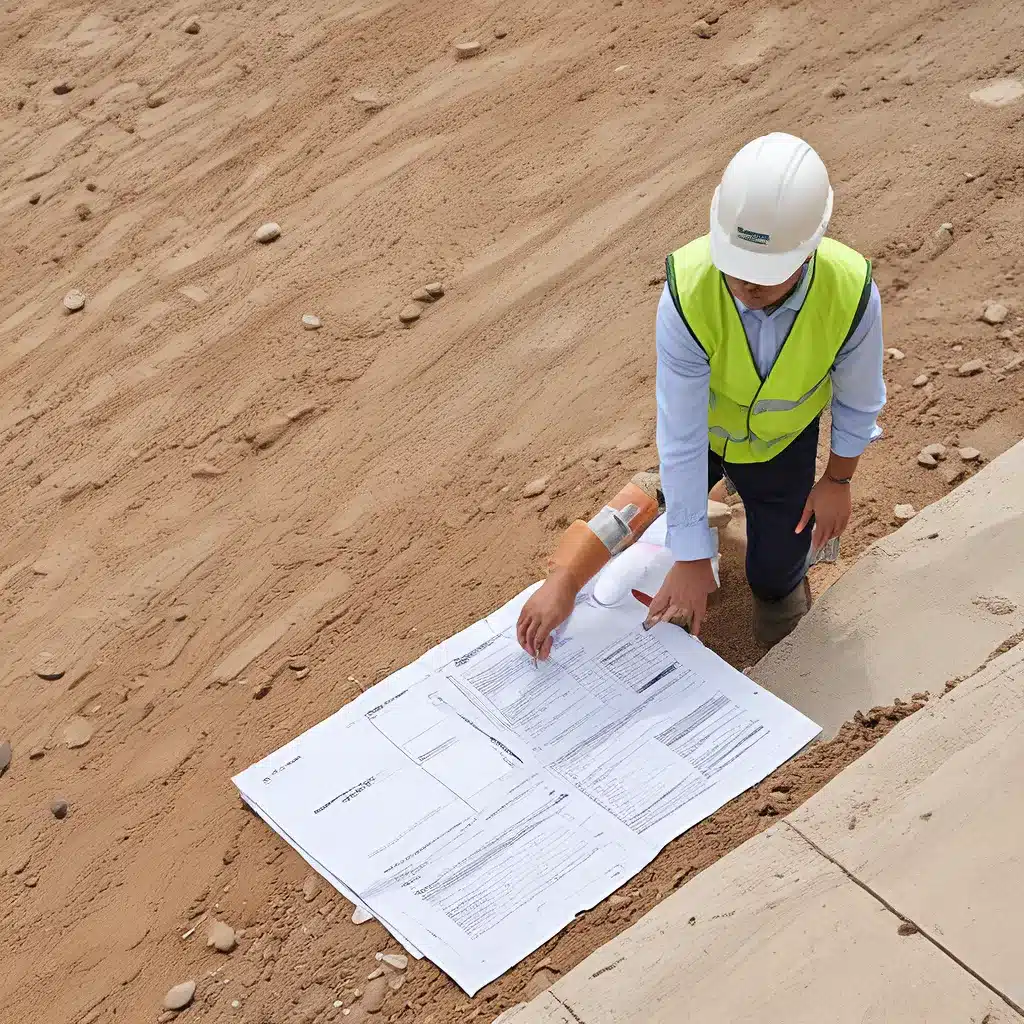
Ah, the general contracting industry – where the smell of freshly sawed wood and the clanging of hammers create a symphony of progress. But behind the scenes, a troubling tune has been playing: a shortage of skilled workers that threatens to slow down the entire construction ecosystem.
As I delve into this pressing issue, I can’t help but wonder, how can we cultivate a workforce that’s as sturdy and resilient as the buildings they help construct? It’s a challenge that demands our attention, and one that I’m determined to tackle head-on.
The Skilled Labor Drought
Let’s start with the stark reality: according to a recent survey, a staggering 70% of construction firms are struggling to find qualified craft workers to fill their ranks. That’s a statistic that should make any general contractor’s heart skip a beat.
The reasons behind this labor shortage are multifaceted, but one thing is clear: the construction industry is just not as attractive to potential workers as it needs to be. Despite the fact that construction wages have increased by 40% between 2014 and 2024 (outpacing inflation), variations in regional compensation and worker benefits persist, contributing to the ongoing struggle to attract and retain talent.
But the challenge doesn’t end there. The construction field also grapples with outdated stereotypes that present substantial obstacles to workforce recruitment. Somehow, the image of construction work being dirty, dangerous, and demanding has persisted, despite the industry’s constant evolution and the innovative technologies that are transforming the way we build.
Embracing the Shift Towards Clean Energy
As if the skilled labor shortage wasn’t enough of a challenge, the construction industry is also facing the daunting task of adapting to the clean energy transition. Building code and emissions requirements are pushing the building stock to decarbonize, whether through retrofits or new construction. And to carry out this critical work, we need a robust workforce equipped with the knowledge and skill sets to install, maintain, and optimize clean energy technologies.
Here’s the rub: the construction industry currently lacks sufficient contractor expertise when it comes to recommending, estimating, selling, installing, and maintaining these cutting-edge systems. And without this crucial knowledge, fostering trust and reliability among contractors and owners in clean energy technologies becomes a significant hurdle.
Cultivating a Skilled Workforce: Strategies for Success
So, how do we overcome these challenges and cultivate a skilled workforce that can meet the demands of the 21st-century construction industry? It’s going to take a multi-pronged approach, one that combines innovative recruitment strategies, targeted training programs, and a concerted effort to change the public perception of construction work.
1. Embracing Localized Workforce Development
One promising avenue is to leverage localized workforce development initiatives. As decarbonization projects build up in the pipeline, there’s a growing opportunity to tap into the local talent pool. This not only helps to boost local economies but also fosters a greater sense of community ownership and pride in the projects being undertaken.
By investing in local training programs and apprenticeships, we can equip community members with the skills they need to contribute to the clean energy transition, while also creating a sustainable talent pipeline for general contractors. It’s a win-win scenario that can help to address the skilled labor shortage while also supporting the broader sustainability goals of the industry.
2. Diversifying the Workforce
Another crucial element in cultivating a skilled workforce is to actively embrace diversity and inclusion. Attracting a robust and diverse workforce is desperately needed, as the construction industry has traditionally been dominated by a specific demographic.
By fostering representation among traditionally marginalized groups, such as women and people of color, we can empower community members with a greater sense of agency, pride, and ownership over the solutions being deployed in their neighborhoods. This, in turn, can help to break down the outdated stereotypes that have long plagued the industry and make construction work more appealing to a wider pool of potential workers.
3. Investing in Training and Upskilling
Of course, attracting talent is only half the battle. To ensure the long-term success of our workforce development efforts, we must also invest heavily in training and upskilling programs. This is particularly crucial when it comes to equipping workers with the knowledge and skills needed to navigate the clean energy transition.
By providing comprehensive training on the latest clean energy technologies, installation techniques, and maintenance protocols, we can empower our workforce to be at the forefront of the industry’s shift towards sustainability. This not only helps to boost the competitiveness of individual contractors but also contributes to the overall resilience and adaptability of the construction sector as a whole.
A Future-Proof Workforce: The Key to Construction’s Success
As I reflect on the challenges facing the general contracting industry, I can’t help but feel a sense of optimism. Yes, the skilled labor shortage and the clean energy transition are daunting obstacles, but they also present an opportunity to reinvent the way we approach workforce development.
By embracing localized talent pipelines, fostering diversity and inclusion, and investing in comprehensive training programs, we can cultivate a workforce that’s as adaptable and innovative as the projects they help bring to life. And in doing so, we’ll not only safeguard the future of our industry but also contribute to the broader sustainability goals that are shaping the built environment of tomorrow.
So, let’s roll up our sleeves and get to work. The future of construction is ours to shape, one skilled worker at a time. Who’s with me?
Related posts:
No related posts.




